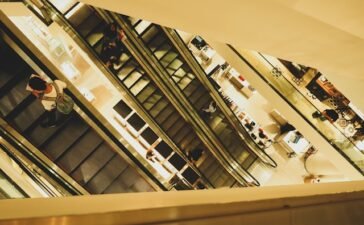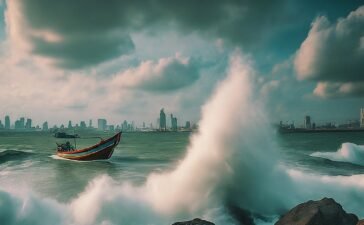More mergers and acquisitions (M&A) as well as higher revenue from value-added products will be the main strategies for Indorama Ventures to inch closer to another business goal – to become one of the top 20 chemical companies in the world.
IVL is now the world’s largest integrated polyester company but in terms of revenue, it has to nearly double the current annual income of US$7 billion (Bt210 billion) to between $13 billion and $14 billion to be in the top-20 league.
“In 2013, we should achieve revenue of $10 billion. If we can maintain the current growth of 15-20 per cent per year, we should reach the [top 20] goal in 2016-17,” Aloke Lohia, group chief executive officer, said in an interview. “We’ve kept changing our goals so that everyone knows what we want to be.”
He said the company always set targets and historically, it had accomplished them earlier than expected. From red ink, it registered revenue of $50 million in 1998. From that year on, revenue grew 10 times to $500 million in 2004. In 2002, it set a target to be one of the top five producers of polyethylene terephthalate (PET) by 2010, but it achieved this goal in 2008.
To grow business, Lohia said M&A is the main strategy. Since 2008 when the financial crisis rocked North America and Europe, the company has completed 15 acquisition deals. While the United States and some European countries are likely to fall into recession next year, he sees more opportunities, aside from 10 pending deals. Being an integrated player in the PET and PTA (purified terephthalic acid) industry, IVL has been approached by players who want to settle deals quickly, and it also gets help from investment bankers. It invested $1 billion in the period, and another $1 billion is planned for the next few years.
Expanding overseas has been in the company’s blood since 2002, when the Thai market was considered too small. Without M&A, the business would not grow. With M&A, things would change for worse or better, he said.
To ensure that all deals yield success, Lohia leads a five-person analysis team. He believes that the strategy cannot go wrong as long as the company’s focus remains on producing necessary consumer products at affordable prices. Further, all targets must be in line with the company’s disciplines, which include business integration. IVL also produces the raw material PTA itself, so that it can increase its margin, thus staying competitive.
Lohia acknowledged that the PET and polyester industry offered low margins and showed annualised growth in demand of 7 per cent. To protect and grow business, he sees his task as raising the company’s margin through high-value products, after expanding the business scale and establishing leadership in the markets it is in.
According to a paper presented to stock analysts recently, IVL aims to enhance earnings growth sustainability by expanding the high-margin premium-product segment from 50 per cent of total capacity currently to 65 per cent by 2013. The premium segment, comprising its European PTA unit, its European and US PET businesses and innovative products, is defined as having 20-50 per cent higher margins than the basic segment, which is made up of its Asia PTA, Asia PET and polyester units.
Specialised polyester capacity will be raised from less than 5 per cent to 20 per cent by 2013. PET capacity in the European Union and the US, with more sustainable margins than its Asian business, will be raised by 11 per cent from 2.4 million tonnes per annum to 2.6 million in 2013. PTA capacity in Europe will also rise by 71 per cent from 350,000 tonnes per annum this year to 600,000 in 2013, to enjoy high margin thanks to a tight demand-supply situation. Several innovation-driven products will also be launched, including Ramapet FG film for photovoltaic solar modules and flame-retardant fibres.
Aside from business sustainability, for ecological sustainability the company aims to increase recycling. It is also joining with Coca-Cola for the production of packaging products, 30 per cent made from molasses.
“I always think about how not only to protect our margin, but also to grow it. We will continue to invest so as to protect our EBITDA [earnings before interest, tax, depreciation and amortisation] bottom line,” Lohia said. “We’ll not grow on the top line only, but also in the bottom line.”
Source: The Nation





